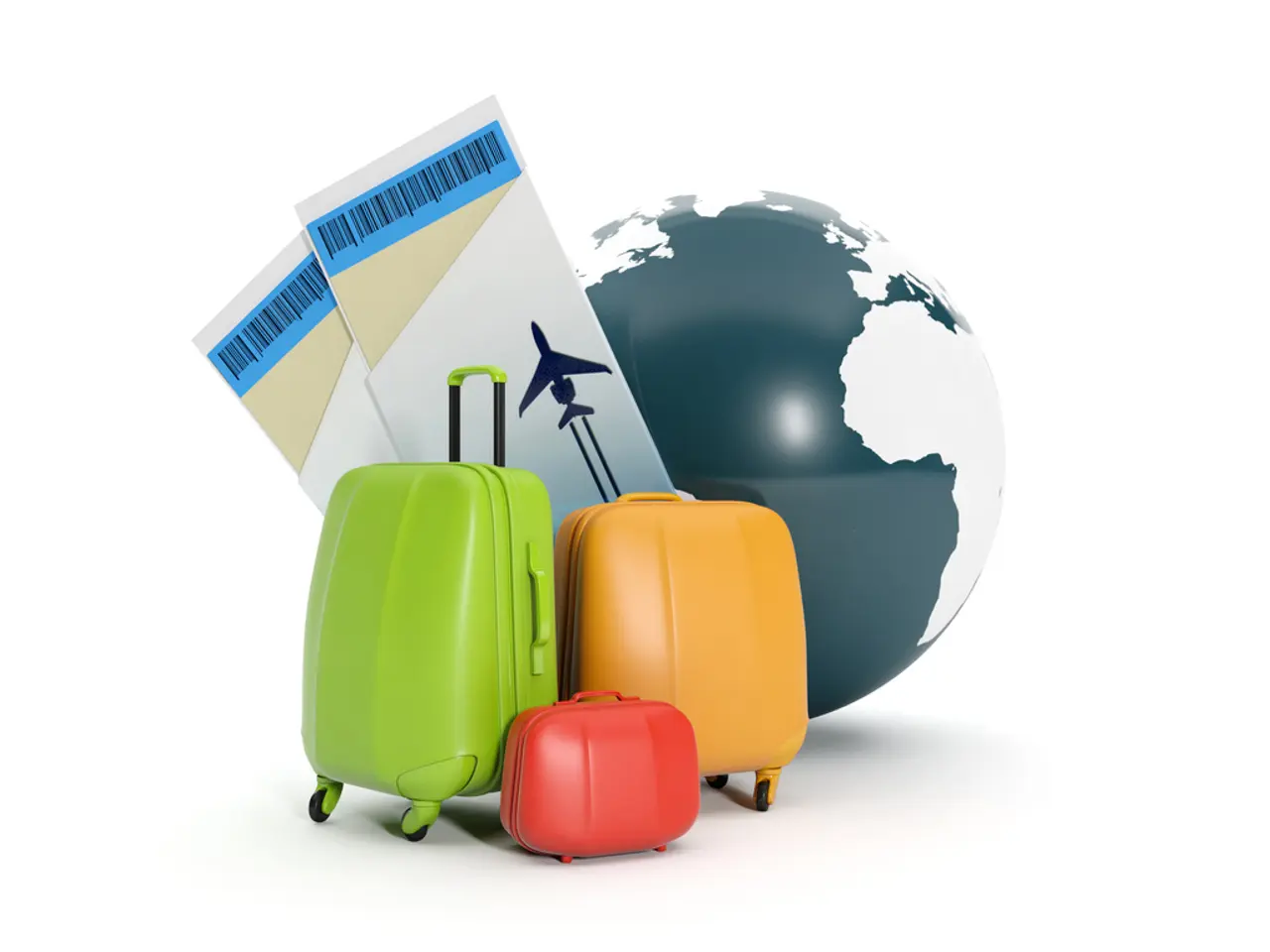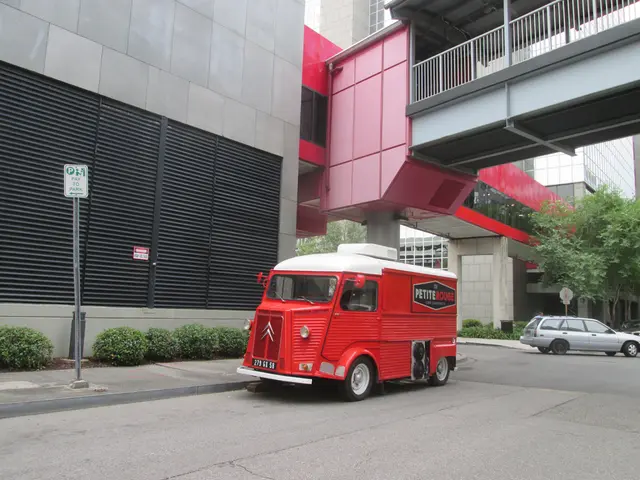Increased permissible cash and liquid assets in carry-on baggage
New Baggage Scanners Set to Improve Air Travel Convenience Across Europe
In a move aimed at enhancing the convenience for air travelers, the regional government has announced plans to purchase and implement new CT-based baggage scanners at airports across Europe, including the Münster Osnabrück Airport.
The implementation of these modern scanners is expected to occur in the future, though a specific timeline has not been provided. The Münster Osnbrup Airport has started the tender process for these scanners, which are anticipated to be a significant change in the current liquid regulations for air travel.
According to the regional government, the new baggage scanners will eliminate the need for air travelers to pack their liquids in small containers, as is currently required under the 100ml rule. This change is expected to make the security screening process smoother and more efficient for passengers.
The European Union has approved the use of these new baggage scanners, which will allow air travelers to carry liquids in containers of any size. However, it is important to note that the current EU liquid restrictions in carry-on baggage remain strict, and any relaxation would require regulatory approval by the European Union Aviation Safety Agency (EASA) or equivalent authorities.
While there is no confirmed public timeline for the implementation of these scanners across Europe or at the Münster Osnabrück Airport as of August 2025, some contextual information can be inferred. For instance, London Stansted Airport plans to install "next-generation security scanners" as part of a terminal extension scheduled to begin construction in 2025 and take 2-3 years to complete. This suggests that some European airports are updating security technology around 2025–2028.
Air travelers will need to be patient as the implementation of these new baggage scanners takes place. Once installed, these scanners are expected to greatly improve the convenience for air travelers by allowing them to carry liquids in containers of any size, making the security screening process more efficient and less stressful.
The cost of acquiring the new baggage scanners cannot be specified by the regional government at this time. Further announcements from aviation authorities or individual airports will provide more details about the timeline and specifics of the scanner implementation in the future.
In the near future, the airport lifestyle for travelers may evolve as the new baggage scanners are installed, consequently allowing passengers to carry liquids in containers of any size without adhering to the current 100ml rule. This change, however, may take a while to roll out across various airports in Europe, such as the Münster Osnabrück Airport.




